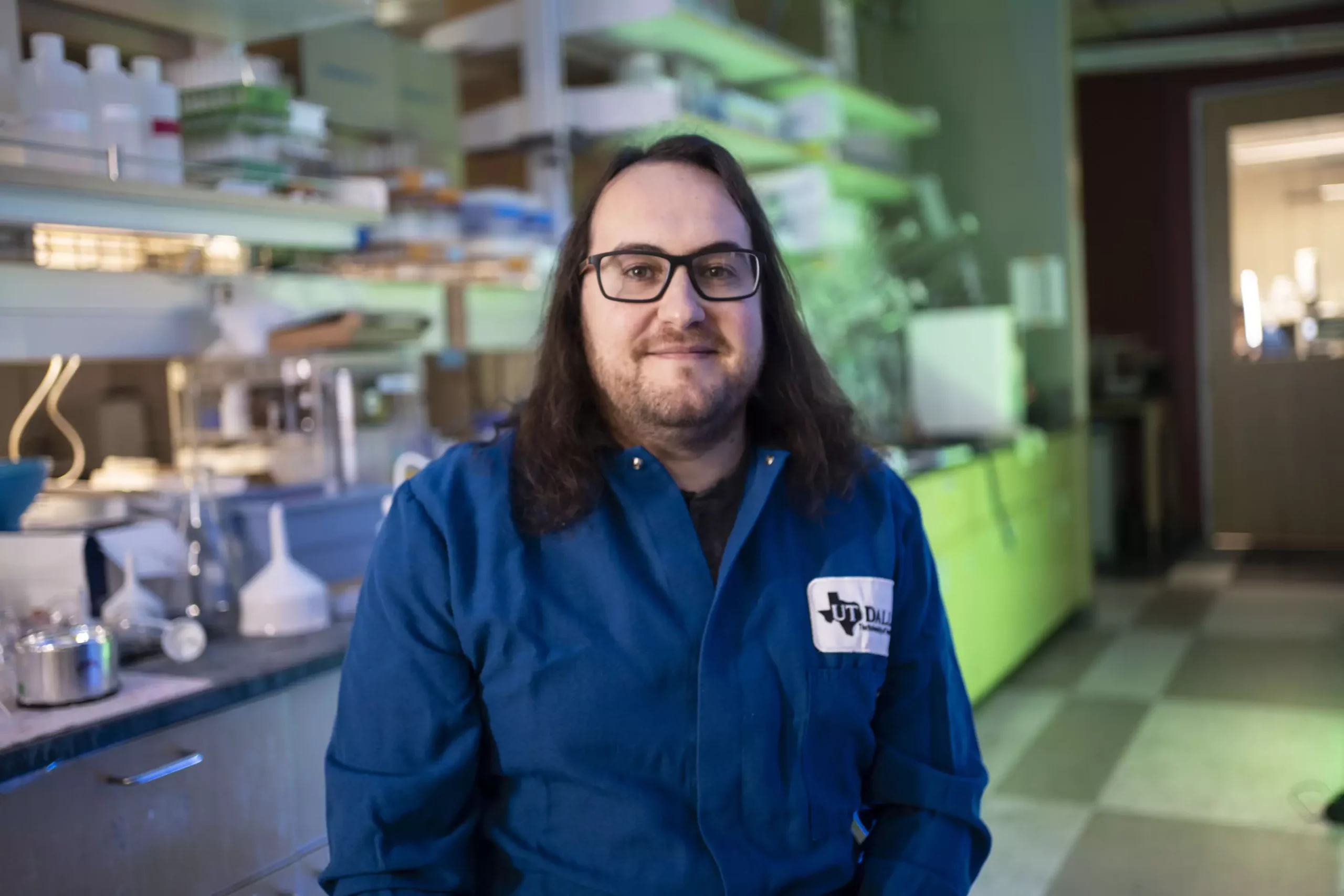The intricate world of chemistry is on the cusp of a significant breakthrough, thanks in large part to recent advancements made by researchers at the University of Texas at Dallas. A team led by chemist Dr. Filippo Romiti has pioneered a novel chemical reaction that empowers scientists to selectively synthesize left-handed or right-handed molecular versions, also known as enantiomers. This innovation is crucial as these mirror-image molecules, while chemically identical, interact with biological systems in distinctly different manners. Establishing cost-effective methods to create only the enantiomer that exhibits desirable therapeutic attributes forms the crux of advancements in medicinal chemistry, potentially transforming how drugs are developed and manufactured.
The researchers’ findings, documented in the prestigious journal Science, shed light on a synthesis process that yields purely one enantiomer from a pair in a remarkably short timeframe of approximately 15 minutes at room temperature. The traditional methodologies for synthesizing these enantiomers often required extreme manipulation of temperature and lengthy procedures, thus hampering efficiency and scalability. By integrating prenyl groups—composed of five carbon atoms—through a new catalytic mechanism in a one-step reaction, the team has unlocked an efficient pathway that mimics natural biochemical processes.
Dr. Romiti comments on the natural prowess of molecular synthesis: “Nature is the best synthetic chemist of all.” He emphasizes the paradigm shift this research represents; due to its ability to produce biologically active molecules at scale, it opens new avenues for testing their therapeutic capabilities.
Naturally derived compounds are increasingly recognized as reservoirs of potential new medicines. While these compounds can be highly effective, their natural occurrence often limits their availability. The ability to synthesize larger quantities not only enhances laboratory testing but also facilitates their transition into pharmaceutical applications. The focus of this research was on polycyclic polyprenylated acylphloroglucinols (PPAPs), a class comprising over 400 natural products known for a diverse range of bioactivities, including the treatment of conditions like cancer, HIV, and neurodegenerative disorders.
By achieving a proof of concept for the enantiomers of eight distinct PPAPs, including nemorosonol—which has been associated with antimicrobial activity—the researchers have laid a solid groundwork for future studies. This underscores the importance of understanding which enantiomer is responsible for therapeutic effects, raising vital questions regarding the specificity and functionality of these compounds.
The implications of this research extend beyond the mere discovery of new compounds. By testing the synthesized enantiomer of nemorosonol against various cancer cell lines, researchers observed promising results, highlighting specific anticancer properties. This experimental avenue has revealed the potential for these enantiomers to play a role in precision medicine, raising hopes that one version could combat specific diseases while the other might be responsible for an entirely different therapeutic effect.
The future landscape of drug discovery is poised for transformation owing to this technique. The ability to manufacture biologically active molecules in a scalable manner not only impacts how drugs are synthesized but also fosters the creation of analogs—optimized versions of natural products that may provide enhanced potency and selectivity in treatment.
Dr. Romiti outlines the next steps for his team as they aim to exploit this novel reaction for synthesizing other classes of natural products beyond just PPAPs. The promise of synthesizing previously inaccessible compounds holds enormous potential for drug discovery. By providing chemists and biologists with a viable method to explore 400 new drug leads, along with their analogs, the research promises to enrich the palette of available therapeutic options.
The innovative chemical synthesis developed by the team at the University of Texas at Dallas not only addresses critical gaps in enantiomeric production but also heralds a new chapter in medical chemistry. With continued investigation and development, the implications for accelerating the drug discovery process are vast, promising a future where treatments can be more finely tuned to meet individual patient needs while reducing the inefficiencies that have historically plagued pharmaceutical development. The melding of chemistry and biology through this research symbolizes hope for improved, meticulously crafted therapeutic solutions for a multitude of health challenges.


Leave a Reply